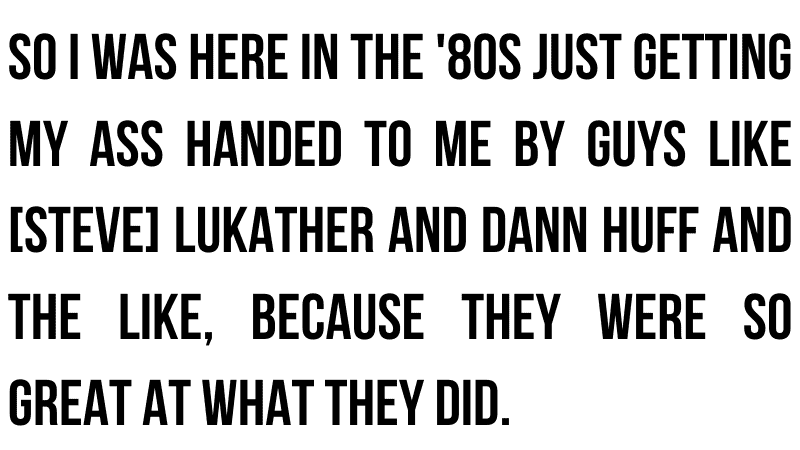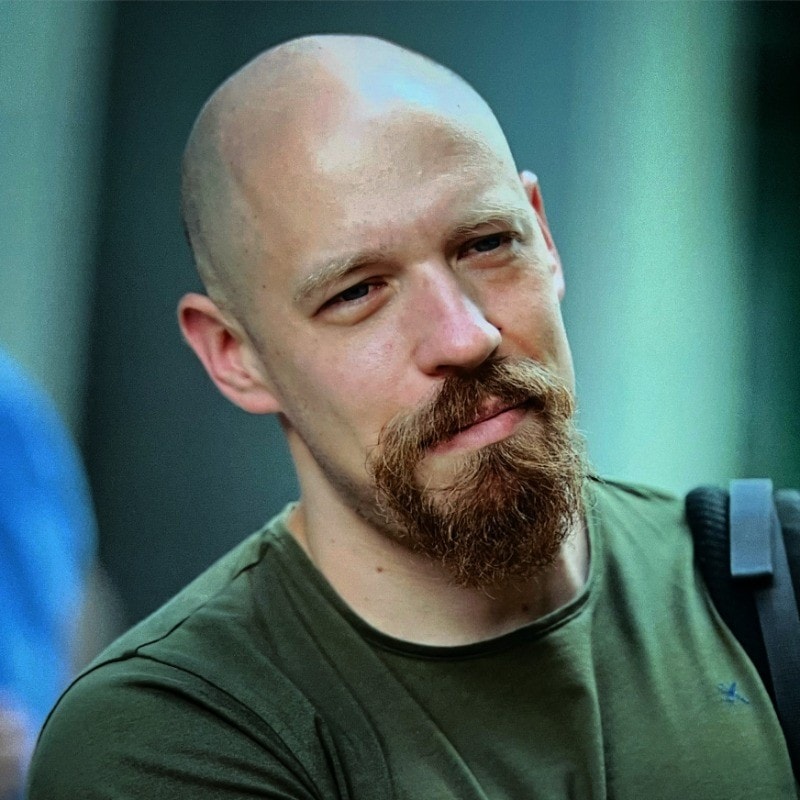Recently, Rick Beato shared a new video on his YouTube channel where he welcomed session guitar player Tim Pierce. Known for his work with a variety of big names in the world of rock music, Tim’s playing can be found on countless albums spanning from the mid-1970s to today.
During the chat, Pierce explained that his biggest advantage was the lack of formal education and a more casual approach that an average band member would have. And as he explained, it was all thanks to Nirvana and the emergence of grunge that got him so many gigs, starting in the early 1990s. He said (transcribed by Killer Guitar Rigs):
“I felt, in the studio, because I had no music school, no training, that my actual shot, what was gonna keep me in the game, was executing the best version of the simplest part. Or, the simplest version of the best part.”

“And luckily, when Kurt Cobain and Nirvana showed up, music got simple. So I was here in the ’80s just getting my ass handed to me by guys like [Steve] Lukather and Dann Huff and the like because they were so great at what they did. I was learning the whole time.”
“By the 1990s, I had sort of a game going. I could sort of do this rhythm and the sounds and everything. The end of ’91 [when Nirvana showed up], the world opened for me because they wanted a studio player who could sound like a band guy.”
“And I was that guy. I had no schooling, no training, but I could show up and deliver parts, simple parts, that felt like I had written them, I owned them like my life depended on them.”
“So if you play a part and it’s simple, and you’re condescending about it or you’re not really committing to it, or you’re not authoritative about it, they know that. But when I play a simple part, it was like my life depended on it.”
“That’s actually what kept me working all the time. [In] 1990, I started working constantly. And when Nirvana showed up, what I did became what people needed. I was working seven days a week.”
“I would work with clients during the week and then people would wait for me on the weekend and I’d fill them in on the weekend. And that went for like 20 years.”
Discussing it further, Tim also explained how a session player or a hired gun should approach studio work with a band. He continued:
“So it was the best version of the simplest part. And you just have to remember everything in short bursts, read the room, find out what people wanted, find out what their favorite band was, maybe what their favorite band wasn’t, try and chase those sounds, those parts…”
As Tim also adds, it’s all about giving the band what they want and presenting it to them in the first 15 minutes. And, contrary to what many might think, his work wasn’t about shredding but quite the opposite. He said:
“And basically, if it’s a new person, then you want to win them over in the first 15 minutes. The key is to give them something in the first 15 minutes that makes them go ‘Ahh, yeah, he can make our dreams come true with the guitar.'”
“So for me, it was orchestrating guitar parts. And that’s never shredding and it’s never complex. It’s basically simple things that all fit together in different frequencies. And so, by the time I kind of finished my busiest part of my session career, I had no chops. [laughs]”
As he also added, it’s only now that he’s been able to focus on lead parts instead:
“These days, I play more guitar than I played then in some ways because I’m actually working up lead parts and solos and performances. So it’s really been a nice chapter.”
After all, Pierce didn’t really have time to properly practice after doing sessions seven days per week:
“I worked so hard as a session musician that I would come home and just try and recover from it. And I wouldn’t necessarily practice because I was under the gun trying to come up with stuff.”
“And let alone the acoustic guitar parts that you had to come up with. You would do electrics and they would go ‘Okay, now we’re doing acoustics.’ And you have to come up with all this stuff bent over like that [while holding the electric guitar to your body] and get different sections and orchestrate acoustics and high-strung and 12-strings…”
“And so, by the end of the day, I’d be driving home like ‘Oh, I’m not gonna practice…’ Because I have to get up tomorrow in the morning and do it again. I would just try to eat well, exercise a little bit, keep my marriage good, and do the job.”
“So now, I’m like a teenager again and I’m actually practicing guitar. I take lessons from people online, it’s really fun!”
If one were to go digging through Tim Pierce’s work, there would be names like Bon Jovi, Rick Springfield, Madonna, Phil Collins, Seal, Puddle of Mudd, Miley Cyrus (back when she was Hannah Montana), and even Jonas Brothers. Of course, he also worked on a few of Michael Jackson’s recordings, including “Black or White” from his 1991 album “Dangerous.” More info about Pierce can be found on his website here.
Photos: TimPierce.com, P.B. Rage (Nirvana around 1992 (cropped))


